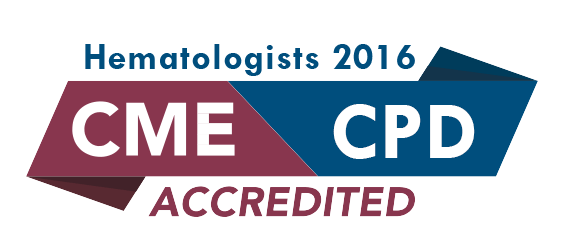
Jackleen Awadallah Raafat
National Research Center, Egypt
Title: Updates in markers of childhood leukemia
Biography
Biography: Jackleen Awadallah Raafat
Abstract
Acute lymphocytic leukemia (ALL) is a malignant disorder common among children. Apoptosis is a morphological process that leads to controlled cellular self-destruction and defective apoptotic pathways are greatly involved in tumor formation, progression and metastasis. Apoptosis is the primary mechanism through which most chemotherapeutic agents induce tumor cell death. The purpose of this study was to monitor the expression of pro and anti-apoptotic proteins CD95 and Bcl-2 as well as copper and zinc levels in the peripheral blood of children with acute lymphocytic leukemia prior to and six months after starting chemotherapy. The study was performed on twenty five children attending the outpatient clinic of the National Cancer Institute, Cairo University. Ten normal children were included in the study and considered as control group. Results showed that Total Leukocyte Count (TLC) and bone marrow blast count were significantly higher in ALL children than controls while after treatment TLC was normalized whereas bone marrow blast count was significantly decreased, hemoglobin and platelet count were significantly decreased when compared to controls while significantly increased after treatment. CD95 was significantly decreased before treatment relative to controls while it was significantly increased after treatment whereas Bcl-2 concentration showed significant increase before treatment compared to controls while it was significantly decreased after treatment. Serum Cu level showed significant increase in ALL cases at presentation compared to controls while it was not significantly changed after treatment. Serum Zn level was significantly decreased before treatment compared to controls while it was normalized after treatment. Cu/Zn was significantly higher in newly diagnosed ALL children than controls while it showed significant decrease after treatment. Negative significant correlation was found between CD95 and Bcl-2 on one hand and between serum Cu and Zn levels on the other hand. It could be concluded that CD95 and Bcl-2 might be useful diagnostic markers not only in the diagnosis but also in the follow up of ALL cases.

